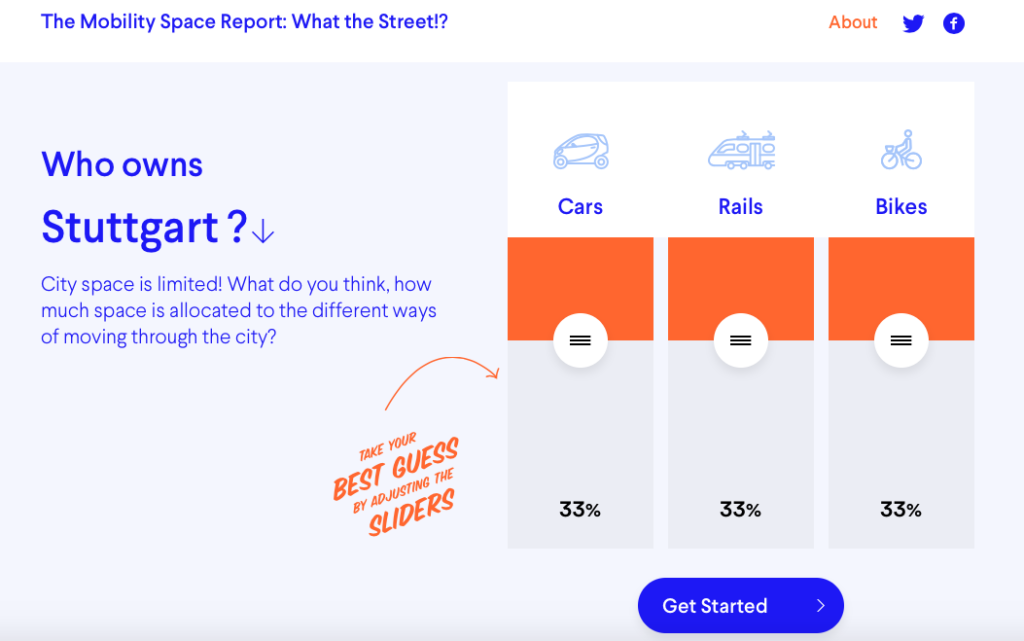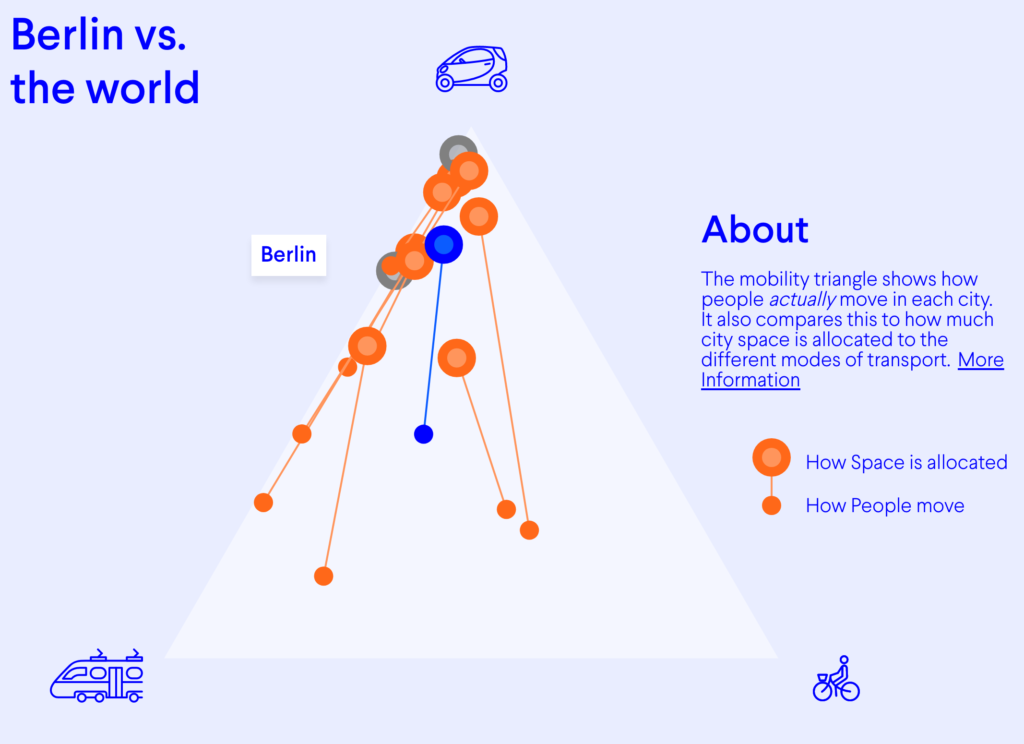
Paid FAA to register your hobby drone? Here’s how to claim a refund
 Remember the December 2015 rule set by the Federal Aviation Administration (FAA) that required all drone hobbyists in the United States to register their UAVs in the national database and pay a $5 fee? The one which not only allowed the FAA to impose a fine on the non-conformists but also to press criminal charges against them and put them in jail? The one which ultimately drove more than 820,000 drone enthusiasts to give their personal information and money to the FAA, making the agency richer by some $4 million? The one which a US appeals court struck down in May this year because it violated the rules set for model aircraft by the FAA itself in its Modernization and Reform Act of 2012?
Remember the December 2015 rule set by the Federal Aviation Administration (FAA) that required all drone hobbyists in the United States to register their UAVs in the national database and pay a $5 fee? The one which not only allowed the FAA to impose a fine on the non-conformists but also to press criminal charges against them and put them in jail? The one which ultimately drove more than 820,000 drone enthusiasts to give their personal information and money to the FAA, making the agency richer by some $4 million? The one which a US appeals court struck down in May this year because it violated the rules set for model aircraft by the FAA itself in its Modernization and Reform Act of 2012?
So, with the court invalidating the registration requirements, a lot of people who were flying drones just for fun were wondering how to take themselves off the FAA database. And what was going to happen to their money anyway? Well, the FAA has now clarified that it is allowing drone owners to delete the data they have provided to the agency, and apply for a refund. To do so, simply take a print out of this form, fill it and mail it to the FAA.
To be eligible for the claim, you would need to certify that your drone is being flown strictly for hobby or recreational use in accordance with community-based safety guidelines. Also, the drone must weigh 55 pounds or less, and must not interfere in the operations of a manned aircraft. For the full set of guidelines, see Section 336 of the FAA Modernization and Reform Act here.
To be clear, if you are operating a drone for commercial purposes, you would still need to register with the FAA. In any case, the agency is encouraging operators to stay registered voluntarily. And there’s a solid reason behind that. The contentious 2012 law is set to expire in September, after which the FAA is likely to urge the Congress to give it more authority to enforce drone registration. With almost 3.5 million small drones expected to be flying in the US skies by 2021, it is likely that the FAA will get what it wants to boost accountability and responsibility among the users.
Are you going to deregister and claim the refund? We’d love to know your view on this!








